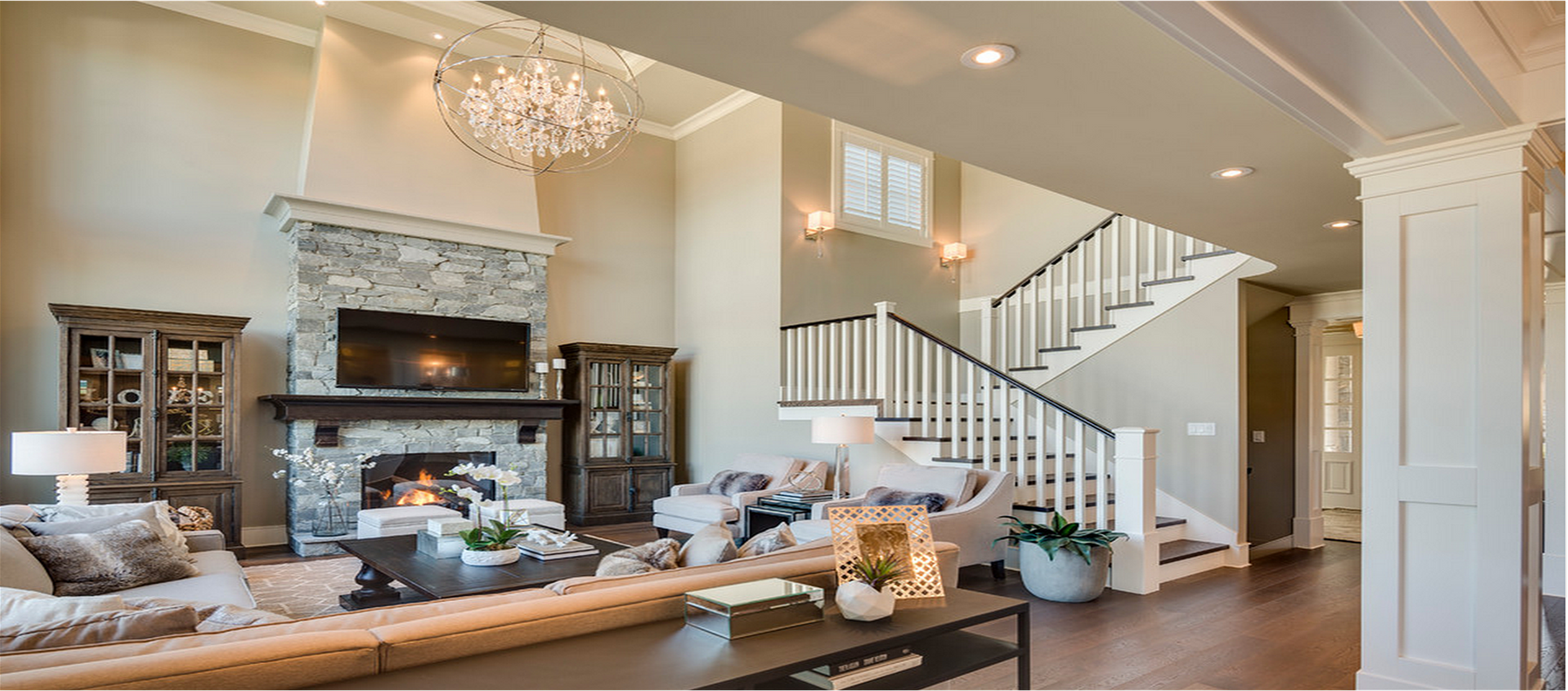
When Should I Relamp at Home?
You probably never care much about your lamps at home as long as they still work. So, most likely you only relamp when your lamps burn out or flicker. Imagine this. You are lying in bed reading but the light is too dim that you sometimes can’t see clearly, or you always feel tired when working under the light in your study room. Maybe that’s when you should replamp.

What is relamping?
Relamping literally means “replacing the bulbs in lighting fixtures.” But it represents a more innovative, energy-friendly, and cost-saving way of replacing or upgrading your lighting system, including replacing outdated lamps such as halogen, incandescent, or fluorescent lamps with LED lamps as well as properly dumping old bulbs.
Replacing outdated lamps with LED lamps helps to save energy because LED lights can save 50% to 90% of electricity compared to traditional lights, and LED lights have a lifespan of up to 50,000 hours, which is 20 times longer than traditional bulbs.
These days, LED lights have been widely used. But does it mean that you would never have to relamp if you were using LED lights? The answer is “No”. Poor-quality and overused LED bulbs undoubtedly will cause more problems.
When should I relamp at home?
Lighting affects how people feel in a space. Maintaining a comfortable and pleasant home lighting environment is as important as choosing the right lights. You spend most time of your day at home. Think about what you do: watching TV, reading, dining and chatting with your family and friends, and sleeping.

A home is a place for relaxing. If you keep using the old LED bulbs as they get dimmer, you may get eye strain. Then how can you enjoy your time at home?
The light output of bulbs decreases before the bulbs completely burn out. It is suggested we should relamp when the bulbs have reached 60% to 70% of their lifespan. Therefore, regular relamping is necessary in order to maintain the ideal brightness at home.
However, besides brightness, more things needed to be considered when you decide whether to relamp or not, such as cost, maintenance, light quality, efficiency, etc. When it comes to residential lighting, you should also give special emphasis to eye comfort and lighting experience.
So, for residential home lighting, you will at least have to take into account the following factors:
1. Light glare: UGR<19
Low glare creates a pleasant lighting environment, and it is also the key to comfortable home lighting. When you are watching TV, you may see a piece of brightness on the TV screen and you can’t see the entire screen clearly. That is because LED lights sometimes cause extreme brightness differences in a bright flat surface like a screen or a page of a book, which refers to “glare”. LED glare reduces visibility and causes visual fatigue. UGR (Unified Glare Rating) is used to measure how much an LED produces glare. According to the European Standard BS EN 12464: 2002:
- UGR<19 is best for office-based work such as reading, writing, and meetings.
- UGR<16 is best suited for technical drawing and warehouse applications.
- UGR>30 will produce the highest levels of glares.
As we can see, UGR<19 is best for home lighting. To read, study, watch TV, or play games at home, you have to look at a fair flat surface or a screen for quite a long time, where you can easily see glare if you are using high glare LED light source. Replacing your lamps with low-glare LED lights reduces glare and improves eye comfort.
2. Circadian rhythm
Have you got trouble falling asleep? There are many reasons causing insomnia. The late afternoon coffee, the blue light emitted by cellphones, and maybe the light! If your body doesn’t work well with your sleep schedule, the lights in your bedroom may be the main reason. Lighting has a great impact on our circadian rhythm. The circadian rhythm regulates the 24-hour sleep/wake cycle of our brains and affects internal functions like alertness, hormone release, etc. Natural daylight goes well with our circadian rhythm since humans have used natural daylight in their daily lives for a long time before living indoors. However, living in a modern world where we are always sitting under artificial lights, facing a dizzying computer screen, and checking social media on cell phones, our internal rhythms are easily discordant because of lack of natural daylight.
Studies show that different lights have different influences on human circadian rhythm regulation. Sunlight at noon or in the afternoon increases alertness and efficiency, and sunlight in the evening helps the mind set up resting mode. By imitating the sunlight changes, circadian lighting (human-centric lighting) matches our body’s circadian system and helps improve our productivity during the day and sleep quality at night.
So, if you always have trouble falling asleep in your bedroom, consider replacing the lamps with circadian lights that mimics sunlight in the evening. And if it is hard for you to concentrate on your work or whatever you are doing over a long period of time, circadian lights will also be helpful.
3. Flicker-free
Make sure lamps in your house are flicker-free. You may ask “I never see my LED bulbs flickering. Are they flicker-free?” Well, some LED bulbs flicker invisibly because they flicker at a swift speed that is not noticeable by human eyes but they will show stroboscopic effects. A series of static and individual images are created when moving an object under a fluctuating light source. This is called a stroboscopic effect.
Whether the flicker is visible or not, it is harmful to our physical and mental health, causing eye strain, fatigue, irritation, and headaches.
So, don’t just replace your traditional bulbs with some LED bulbs you bought online randomly. Make sure the bulbs are indeed flicker-free. Check whether there is a “flicker-free” symbol on the package of the bulb or confirm it by reaching out to the storekeeper.
As for the bulbs you are already using at home, don’t worry, there are ways to verify the flicker of the bulbs. Turn your smartphone camera into slow motion mode, set both resolution and video frame rate at the maximum (like 4K at 240fps), and leave the camera as close to the LED bulb as possible. If the images on your smartphone remain stable in brightness without dark stripes scrolling, then maybe the bulb is flicker-free. If not, replace it.

Leave a comment